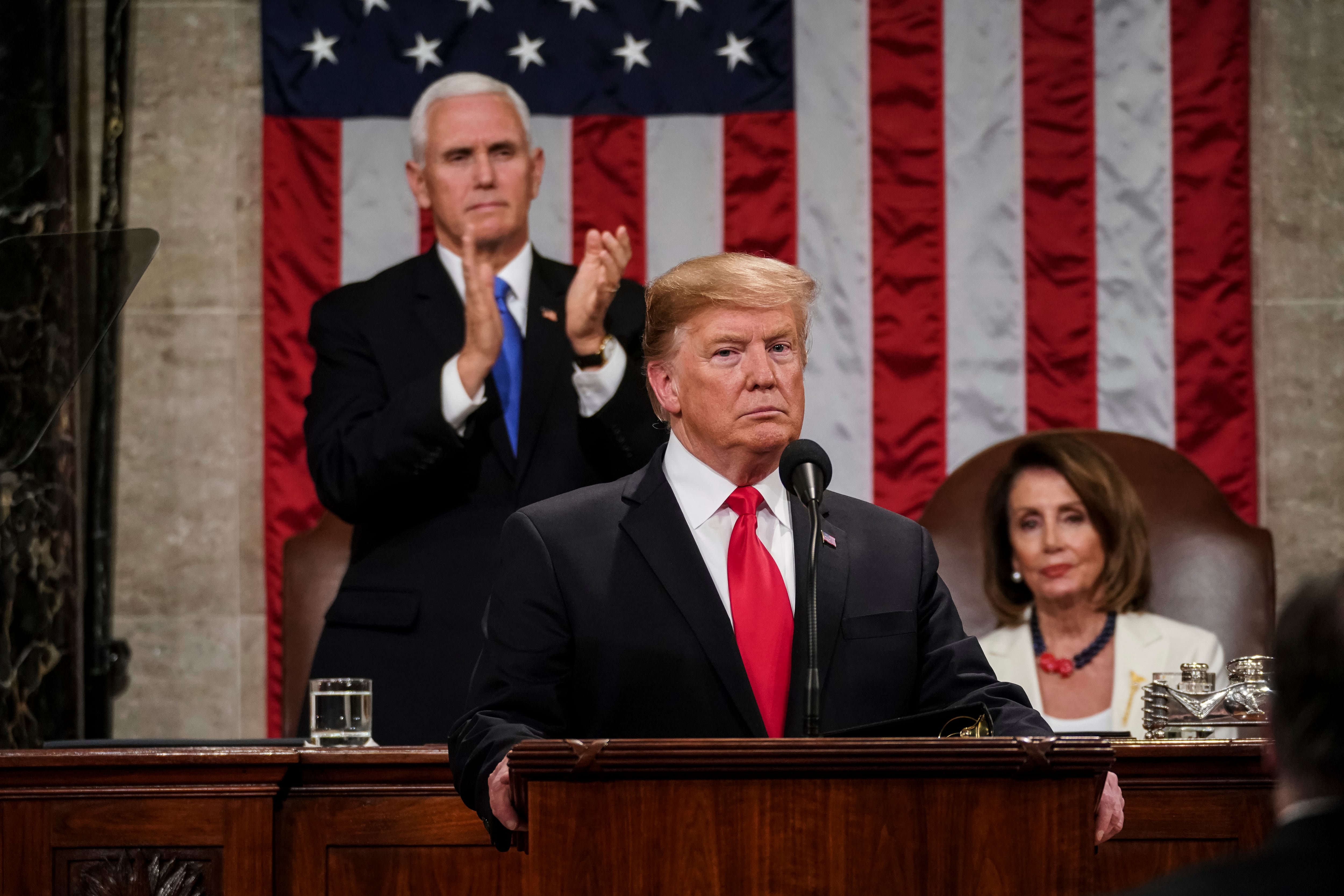NATIONAL HARBOR, Maryland — Northrop Grumman, Lockheed Martin’s Skunk Works and Raytheon Intelligence and Space are teaming up to bid on the Navy’s next command-and-control aircraft, to be used if a nuclear war breaks out.
The “E-XX” would replace the Navy’s fleet of 16 E-6B Mercury aircraft, which carry out a mission the Navy refers to as TACAMO, for “Take Charge and Move Out,” that allows the president, the secretary of Defense and other national leaders to communicate with and control forces such as nuclear missile-armed submarines.
The E-6B fleet is aging and must be modernized, the Navy said in fiscal 2024 budget documents released last month.
Jane Bishop, Northrop’s vice president and general manager for global surveillance, said Monday that the team working on the E-XX pitch has knowledge and experience on weapon system integration and battle management command and control, and will also include Crescent Systems Inc. and Long Wave Inc. Bishop spoke a briefing for reporters at the Navy League’s Sea Air Space conference in National Harbor, Maryland.
Raytheon would provide integrated communications systems for the E-XX, and supports the current TACAMO program.
It remains unclear what other companies might compete for the Navy’s E-XX program.
The Navy decided to use the Lockheed Martin C-130J-30 Super Hercules, a version of the C-130 with 15 feet added to the fuselage, as the platform for its TACAMO aircraft, said Henry Cyr, Northrop Grumman’s director for multi-domain command and control capture programs.
The stretched C-130 will be the right size for for the mission and will fly better than the E-6, he said.
The Navy wants the E-XX to use Collins Aerospace’s very low frequency radio system. The budget request calls for $213.7 million for TACAMO modernization, which would pay for three test aircraft. Cyr said the Navy will likely buy nine more planes in total and plans to award a contract for the E-XX in the first quarter of fiscal 2025.
Northrop officials expect the Navy to release its requirements for the aircraft in the coming months.
The Navy wants a quick transition, so the E-XX likely won’t bring significantly new technologies to the table, aside from more advanced radios and computing systems. The goal, Cyr said, is to take already-existing technologies and field them in a new air frame as soon as possible.
“This is not intended to be a new technology demonstration,” he said. “It is intended to take existing capability that can be fielded in the near term.”
TACAMO is a “can’t-fail” mission, too important to endanger by experimenting with something unproven, Cyr said.
“The nuclear command and control communication business, it is more important to do 100% of the time correctly than to maybe take a little bit of risk on developing new technology,” he said.
Stephen Losey is the air warfare reporter for Defense News. He previously covered leadership and personnel issues at Air Force Times, and the Pentagon, special operations and air warfare at Military.com. He has traveled to the Middle East to cover U.S. Air Force operations.




